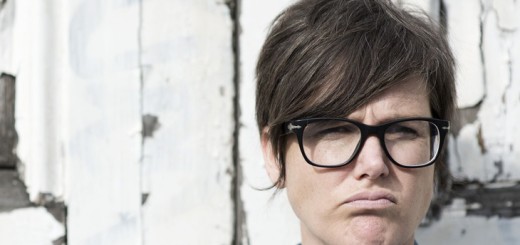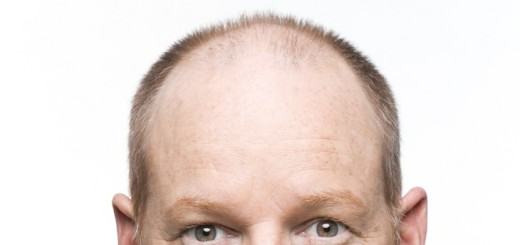
Review – Daisy Bates: Tales of Kabbarli
When: 21 November to 2 December (Wed-Sat 7.30 PM | Sunday 2 PM).
Prices: $17-$26 – Buy Tickets
Company: Presented by Spotlight Theatre | Facebook
Daisy Bates‘ story is single handedly performed by Robina Beard in Tales of Kabbarli.
It took me a little while to connect with Daisy, I’m not sure if this was just my ear tuning to her Irish accent or if it was due to her ditheriness at the start, but once the stories of her Aboriginal people and her time at Ooldea started to flow it was hard not to be transported back to the desert. Robina beautifully showed the genuine love that Daisy had for the people, country and culture that surrounded Ooldea, and her sadness and anger at their destruction and the way she was treated.
The camp site set is well done with a mottled grey sky cloth doubling as a projection screen, I actually would have preferred to see more of the historical images, especially when she was going through her own photo album. After a couple of promptings from the script, I realised the play was set at night, the lighting unfortunately did seem a little too bright for night time. However, the sunrise at the end did work well.
Although Daisy Bates’ story is certainly important and interesting (and this is not a criticism of this production or the play it self), it still makes me wonder why we need to see Aboriginal stories through a white lenses, do us ‘chalkies’ not feel connected unless we are represented?
This show is definitely worth checking out, with plenty of ideas and issues to think about and it is entertaining enough that the hour quickly passes. And do stay for the documentary on South Australian artist Janet Alyffe, “Angels over Kangarilla”. Also directed by Geoffrey Sykes, it is a look into how the environment and culture of her surroundings has affected and influenced her work.








this show has a simplicity and purity to it – it relies on verbal poetry and a solitary voice – a primeval moment of theatre recurring in a near modern voice echoing and mediating indigenous humanity. it is more seminal than historical, experimental than conventional. the show and video seem to echo each other – i loved the screen in front of the vacated bates campsite. symbolic.
I think I would have loved it if I could have heard Robina. I struggled with the monologue and I was only in the second row. The people surrounding me said the same. I think a microphone attached to Robina would have made the show so much more enjoyable. It is no shame to be amplified especially if it improved the audience enjoyment.